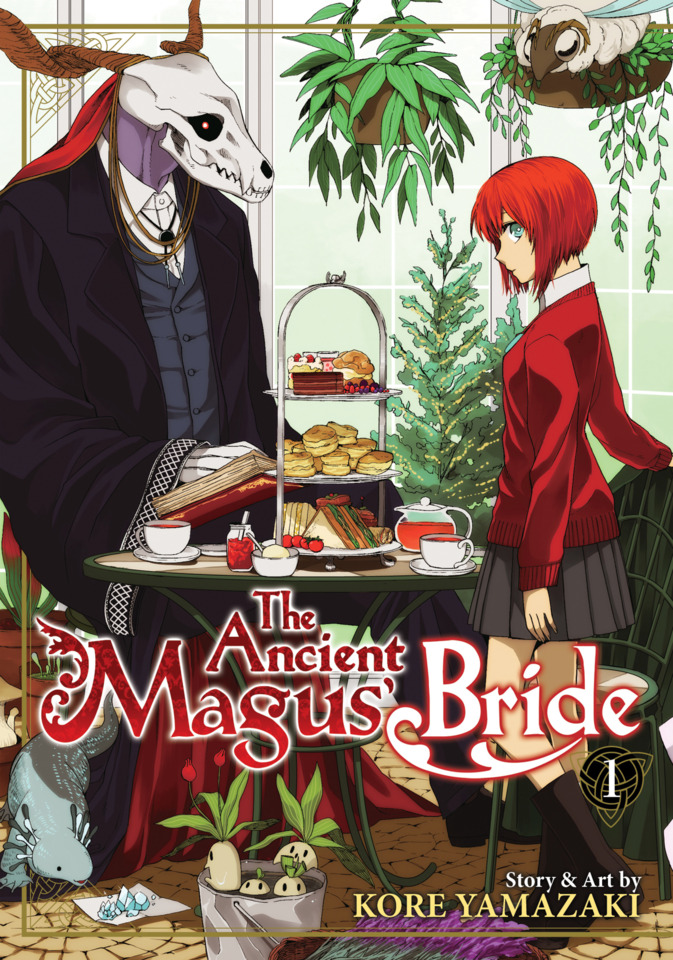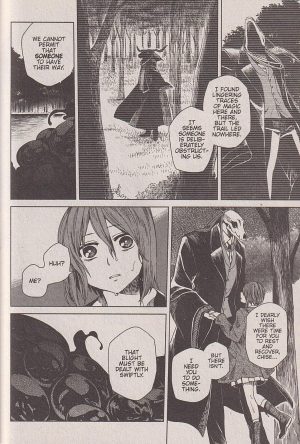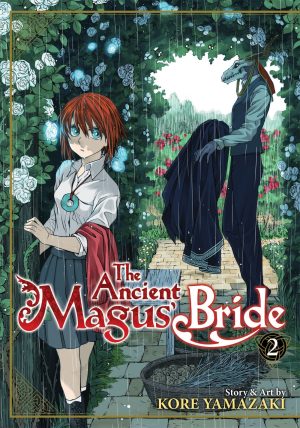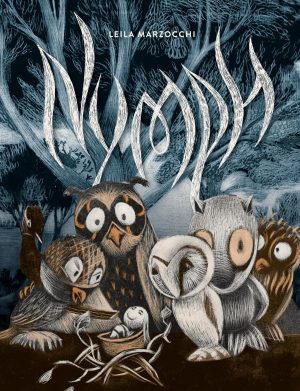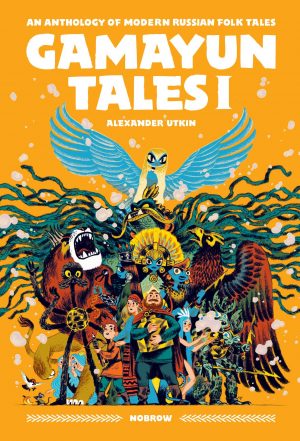Review by Frank Plowright
With nineteen translated pocket-sized volumes to date, The Ancient Magus’ Bride is a success for Kore Yamazaki by any standards.
The saga begins with an almost skin-crawling opening in which a girl is sold at auction to a man whose head is a goat skull. Chise Hatori is only fifteen, so you’ll be hoping she isn’t the bride of the series title. The opening chapter ends with the revelation of that being the future intention. We’re told Chise is a Sleigh Beggy, an exceptionally rare human able to see mystical creatures, which is why English Magus Elias Ainsworth wants to train her as his apprentice.
Once the background has been established Yamakazi focuses more on Chise. How her insecure personality developed is presented in brief flashbacks, some only a single panel, showing her as an orphan passed from relative to relative, and how what the Magus sees as a gift has to date only marked her as strange.
Yamakazi merges the idea of Harry Potter’s magical locations with the mood of Beauty and the Beast, but whereas most versions of that story downplay the eventual romance to begin with, she takes the opposite approach, with Chise almost a target. Despite the undeniably charming moments, the disturbing undertones make for an unsettling experience, with the passive Chise responding positively to someone who’s doing the magical equivalent of grooming. It’s addressed in later chapters where the Magus’ social skills are ridiculed and he’s subsequently taken to task by a priest, but there were other ways to arrive at the same scenario.
This is an unusually dense story to emerge from Japan, where most pocket-sized books are designed to be read quickly. Yamakazi instead packs her pages with plot and conversation, and anyone just flicking through is going miss relevant information. For instance a Sleigh Beggy is more than someone attuned enough to see mystical creatures, they also act as a form of storage battery for magical energy. A trip to Iceland introduces dragons, turning out to be a melancholy meeting with a memorable transformation.
Just as a wide-eyed Chise is introduced to a new world with new experiences, so are readers, with each of the four chapters involving a different aspect of fantasy imaginatively reconfigured. There’s no great sentimentality, nor mythologising, which is welcome, and Yamakazi’s illustration maximises the wonder. As the pages turn and Elias is perceived differently the sleaziness of the opening evaporates, and by the cliffhanger ending you’ll head straight for The Ancient Magus’ Bride 2.
